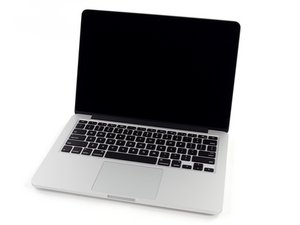Hard Drive/OS not recognized after logic board replacement
So my Late 2012 Macbook Pro 13” Retina works just fine on my existing logic board EXCEPT the charging circuit is whacked so that it never will charge the battery.
If you put a charged battery in, everything is great until you run out of power.
I originally thought it was the MagSafe board or battery but have swapped both with identical results.
So I ordered, received and installed a replacement logic board from IFIXIT. When I plug it into power, after going green then amber on the charge cable, it plays the reboot tone (which is weird, why does it jump right to life without input?) It searches for the hard drive for about a minute and then gives the flashing folder with question mark / no hard drive found. Tried SMC and PRAM resets, reseating hard drive connector and still no go.
I called and informed iFixIt who promptly sent a 2nd replacement. In the meantime, I put my logic board back in and confirmed that everything still booted up as normal.
Received the replacement today, installed, and the same %#*@ thing!
Am I missing something? Are the hard drive connectors a common point of failure and iFixIt just isn’t catching it in their testing before sending out refurbs?
Is it just that I got 2 bad boards and I need to try a 3rd?
Getting tired of pulling this thing apart so many times. Any help is appreciated. Thanks.
Update (05/08/2018)




are these what you wanted to see?
좋은 질문입니까?

 6
6  3
3  1
1 